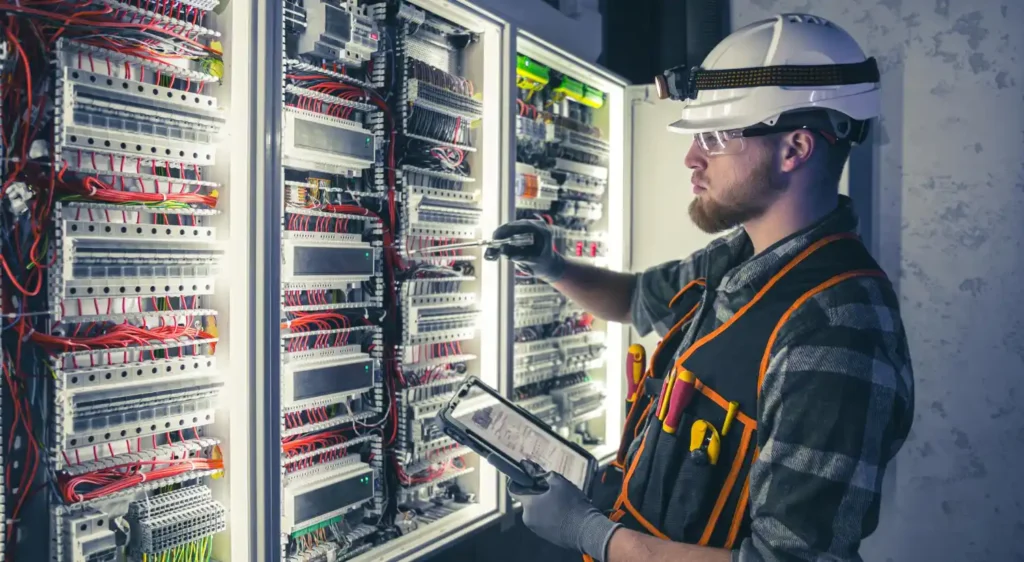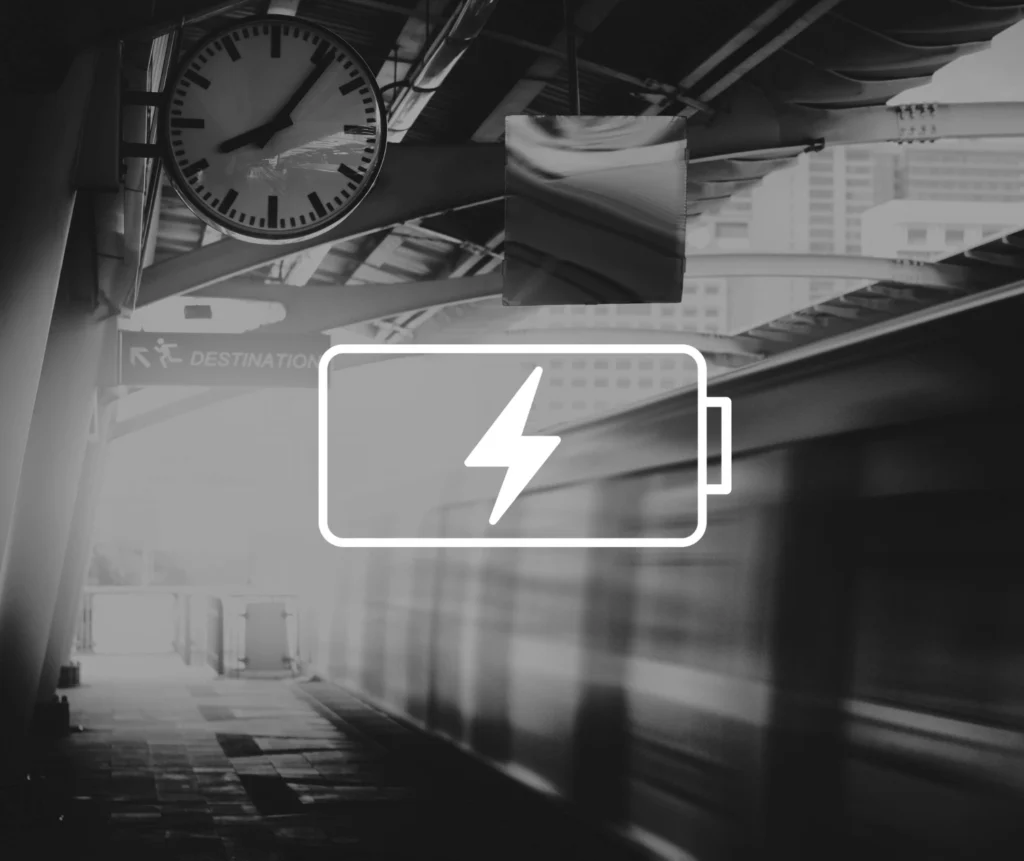It was another fantastic three days at the LCNI Conference this year. It is always great to catch up with so many people who all have the same purpose and goals, to hear of the latest innovations and learn about the outcomes of some excellent projects.
I always find the balance between competition and co-operation in the DNO community interesting to watch; thankfully it almost always errs on the side of co-operation.
From the opening plenary session, where we heard from keynote speaker Dermot Nolan, chief executive of Ofgem, it became clear to me there were going to be three Cs that would sum up this year’s conference: clarity; collaboration; and customer.
Starting with clarity. Dermot’s address to the conference helped kick-start many later debates about the GB electricity network moving to a DSO model. During his speech he informed the attendees that Ofgem is planning to launch a call for evidence for the transition to a distribution system operator model.
The consultation will play a vital role in giving the entire industry the clarity it needs to ensure we can continue to provide a safe and secure supply of electricity – or energy, more on that later.
Starting the process to seek clarity on the DSO model was a welcome development. The number of sessions I chaired, or attended, where the question of what the future looked like centred on it. And the fact that Ofgem, the Department for Business, Energy and Industrial Strategy, and industry are coming together to formulate an approach is crucial. We still have to complete a significant amount of work together, but clarity at the start of the process is what the industry needs.
My second C from LCNI is collaboration. The debate about the DSO model raised many questions on what the future looks like. And based on the discussions I heard, I think it’s clear there is not going to be one single solution to meet the country’s future energy demands. The importance of collaboration between DNOs, transmission operators, transmission system operators, gas network operators, government and regulators, aggregators and academics has never been more important. And from what I saw in Manchester, it has never been stronger.
The manner in which the industry has come together over the past six years to begin to answer some of the difficult questions has been encouraging. There is still a significant amount of work to do before the future network energy market is clear, but the industry’s willingness to share and collaborate gives me confidence things will be okay.
The third, and dare I say it the most important, C is customer. The needs of the customer must be at the centre of our decision-making process in the coming years. The move to a DSO model, however it might look, must have the customer front of mind. It is also clear the relationship we have with the customer has changed in recent years – and for the better.
During a panel discussion I chaired on the move to a DSO model, it was encouraging to hear and see the passion from the members of the panel who were adamant that future decisions had to be customer focused. It would be all too easy for great solutions like demand-side management to be demonised if customers in the UK are not given the full picture and full benefits of such solutions.
At a session I hosted on electric vehicles, the discussion was again about what the electricity industry, automotive manufacturers, government and regulators can do to find the right collaborative solution to meet the needs of our collective customers.
The announcement of the new EV Networks Group is a good case study on the three Cs of LCNI (and the industry as a whole). The group’s purpose is to seek clarity on the obstacles to the adoption of electric vehicles, and to encourage collaboration across not just our industry but many industries to secure the right outcomes. And sitting at the heart is the customer.
The interesting thing is the acceptance of innovation. It’s no longer a novel “nice to have” for the industry, it is driving the industry forward for the better. And having seen how we all came together once again at the LCNI Conference, it fills me with confidence we are on the right path.
Stewart Reid will be speaking at Network’s Future Network Conference 2017, see here for more information.

